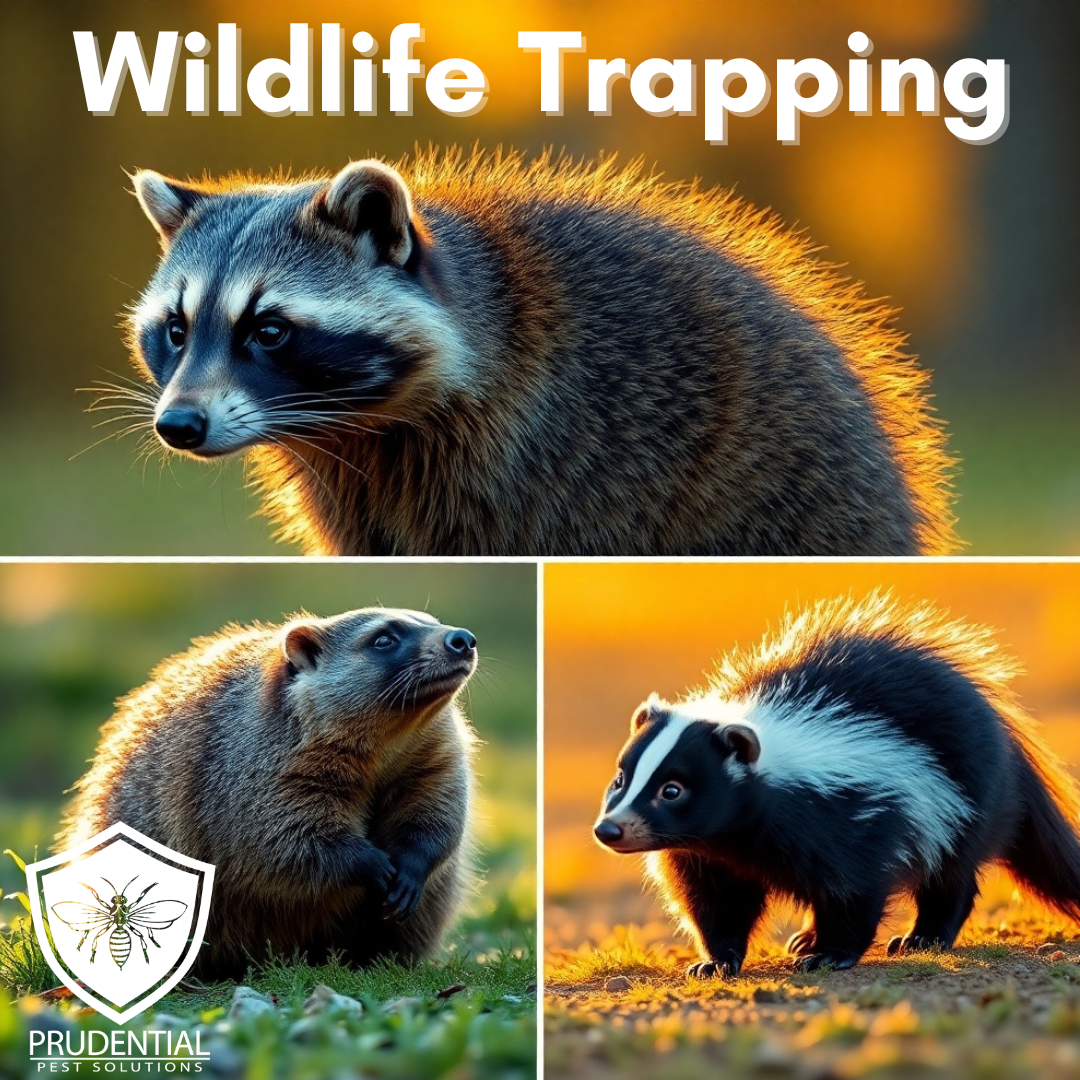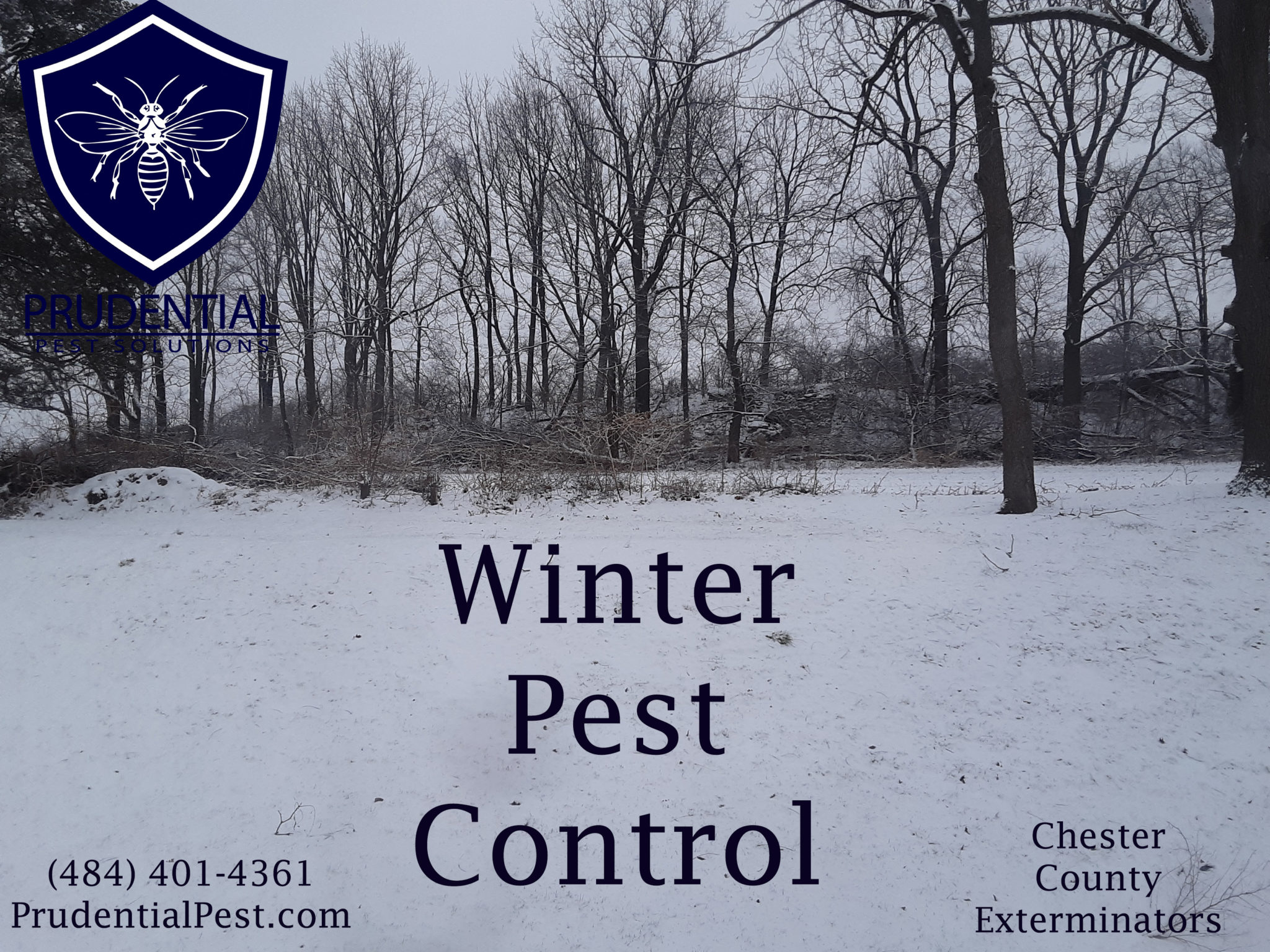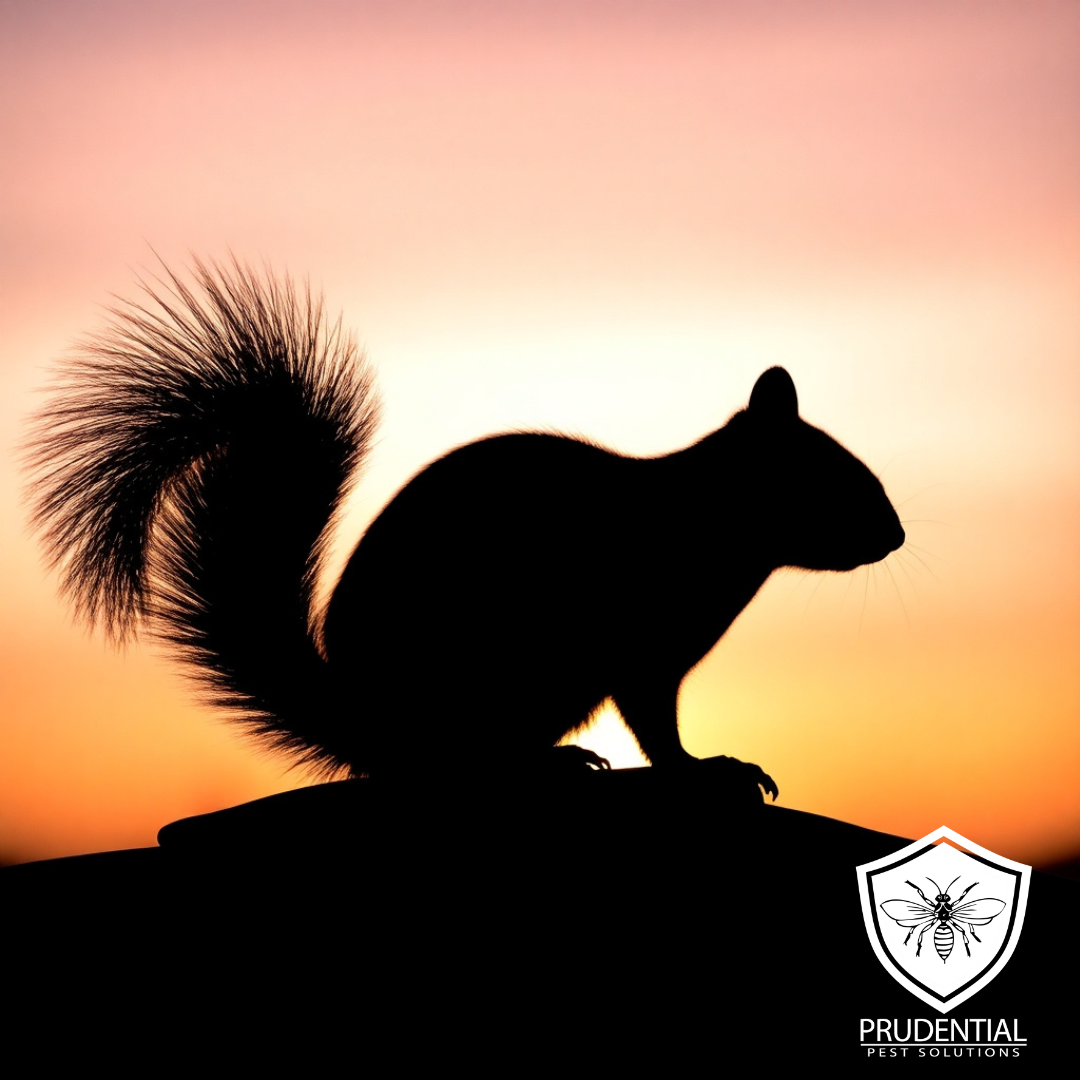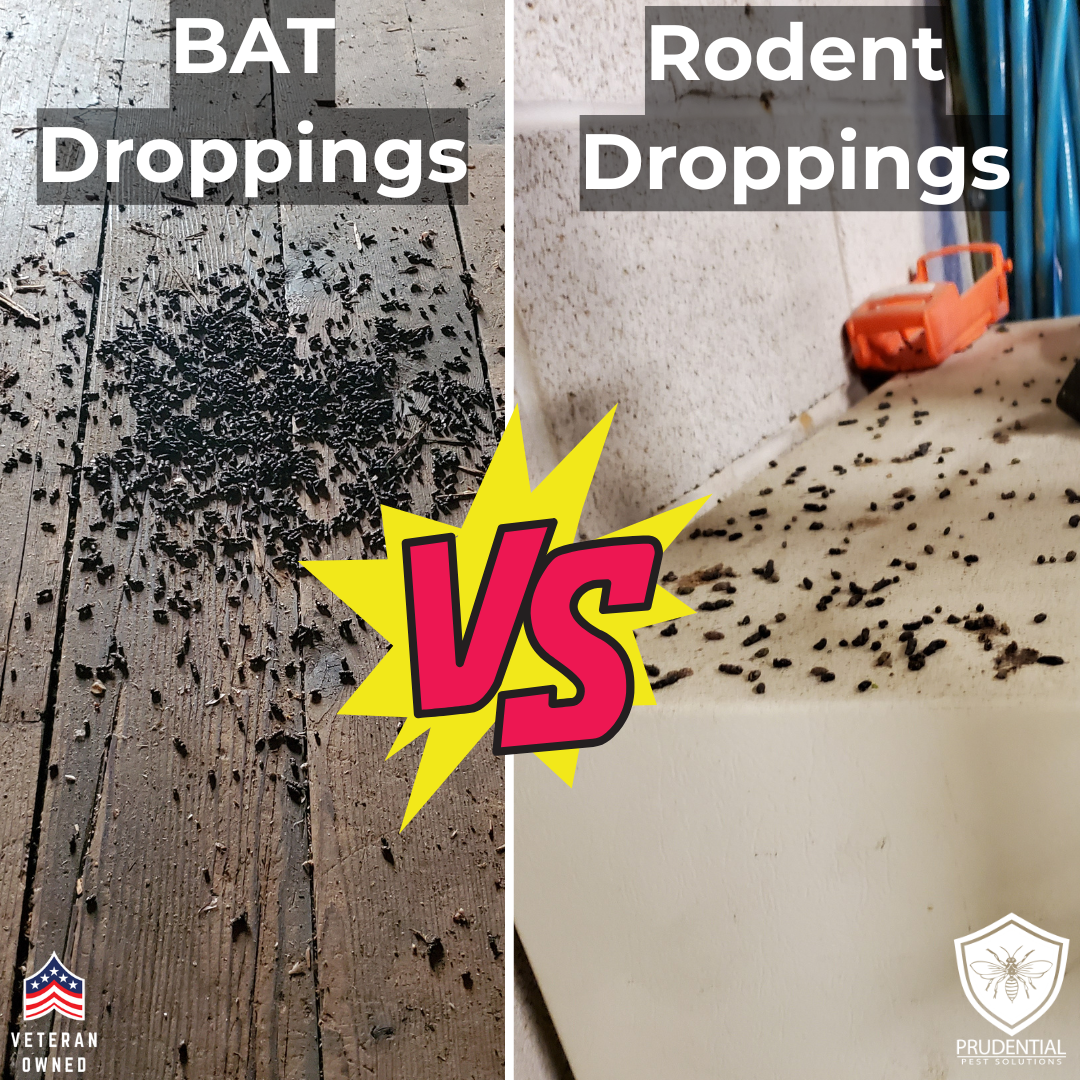
Bat Droppings or Rodent Droppings?
Homeowners in Pennsylvania often discover small black droppings in attics, basements,[…]
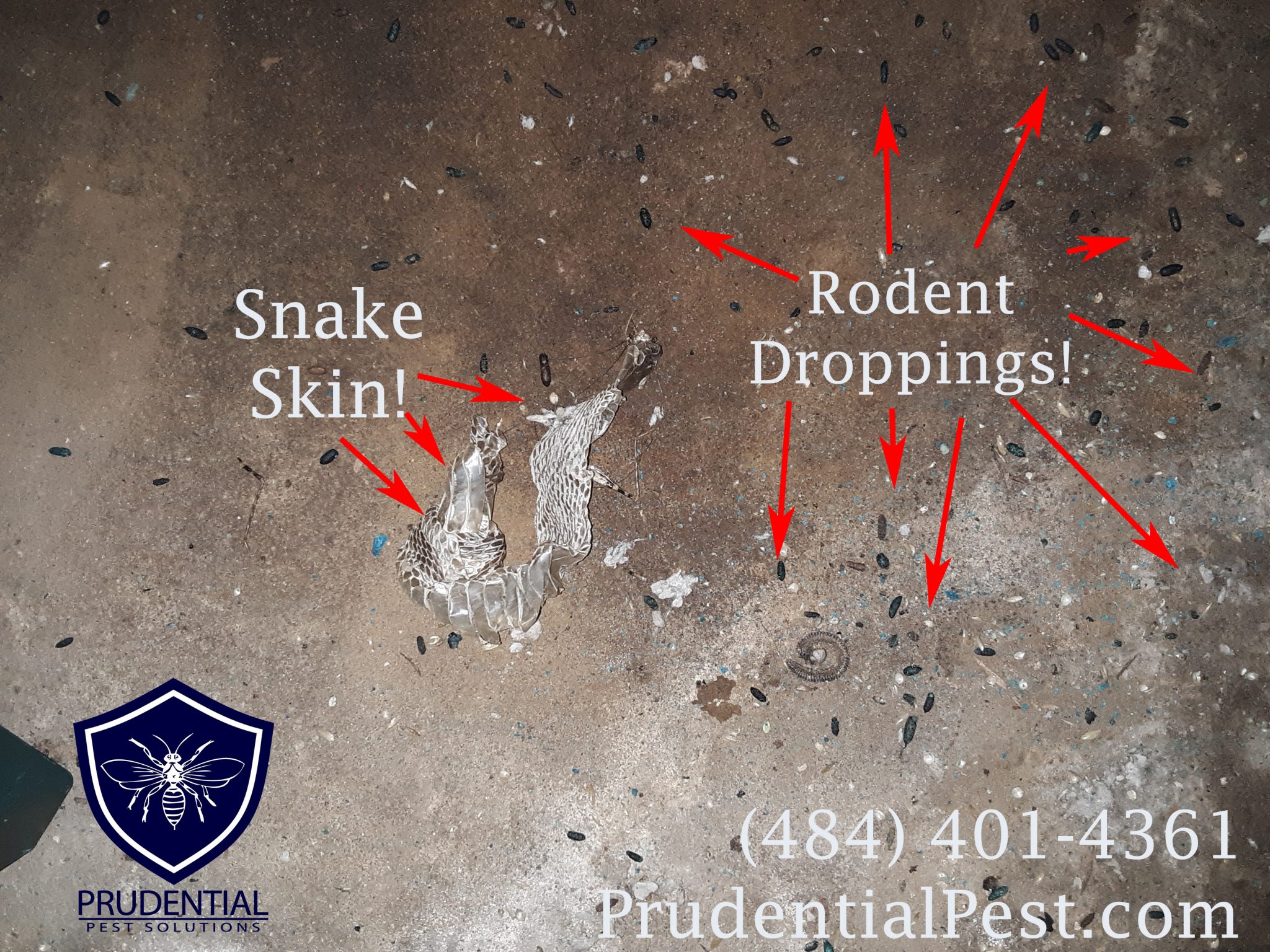
How to keep Snakes away from your property
When the warmer months of spring and summer arrive, so do[…]
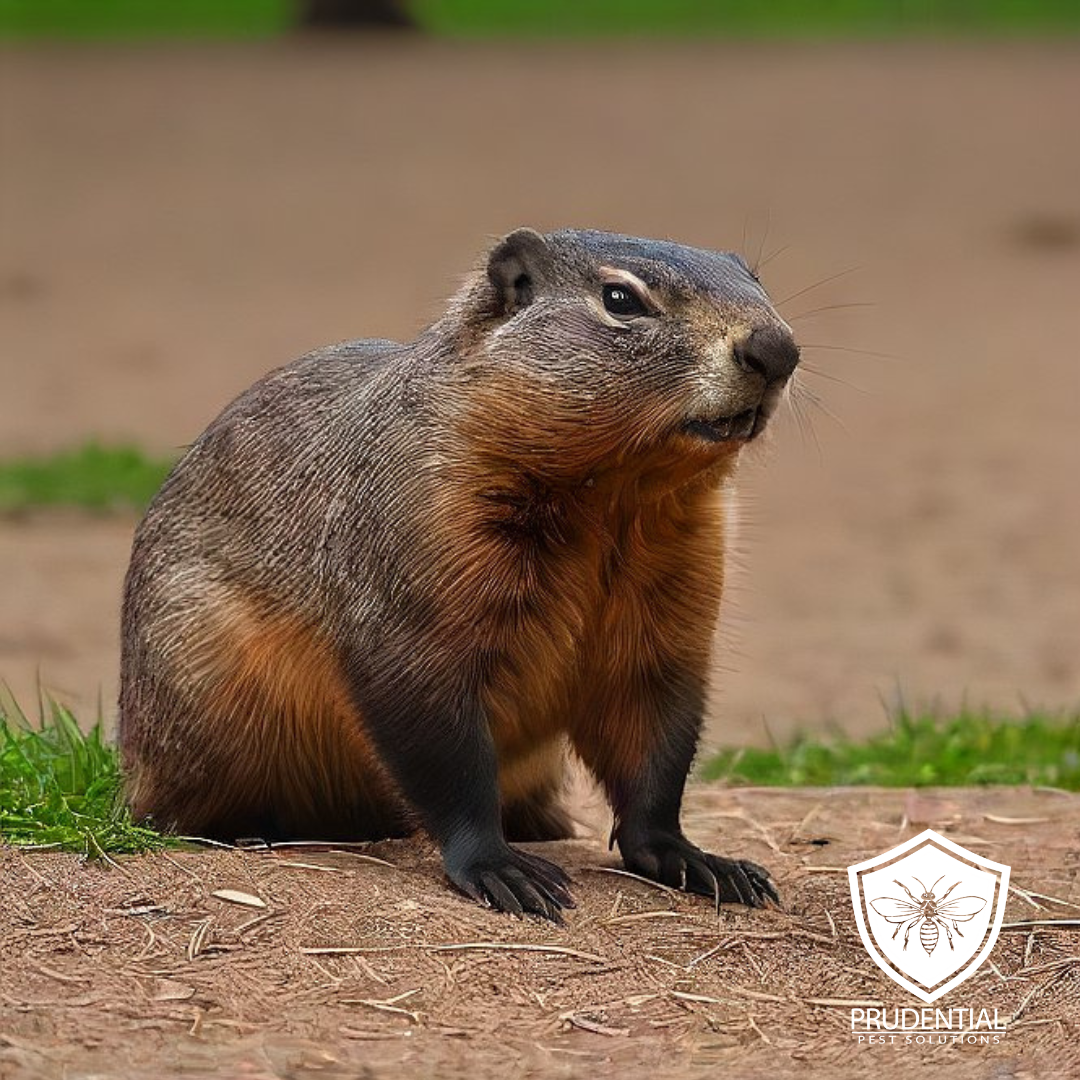
Groundhog Control Chester County
We provide groundhog control and removal services for Chester County. Groundhogs,[…]
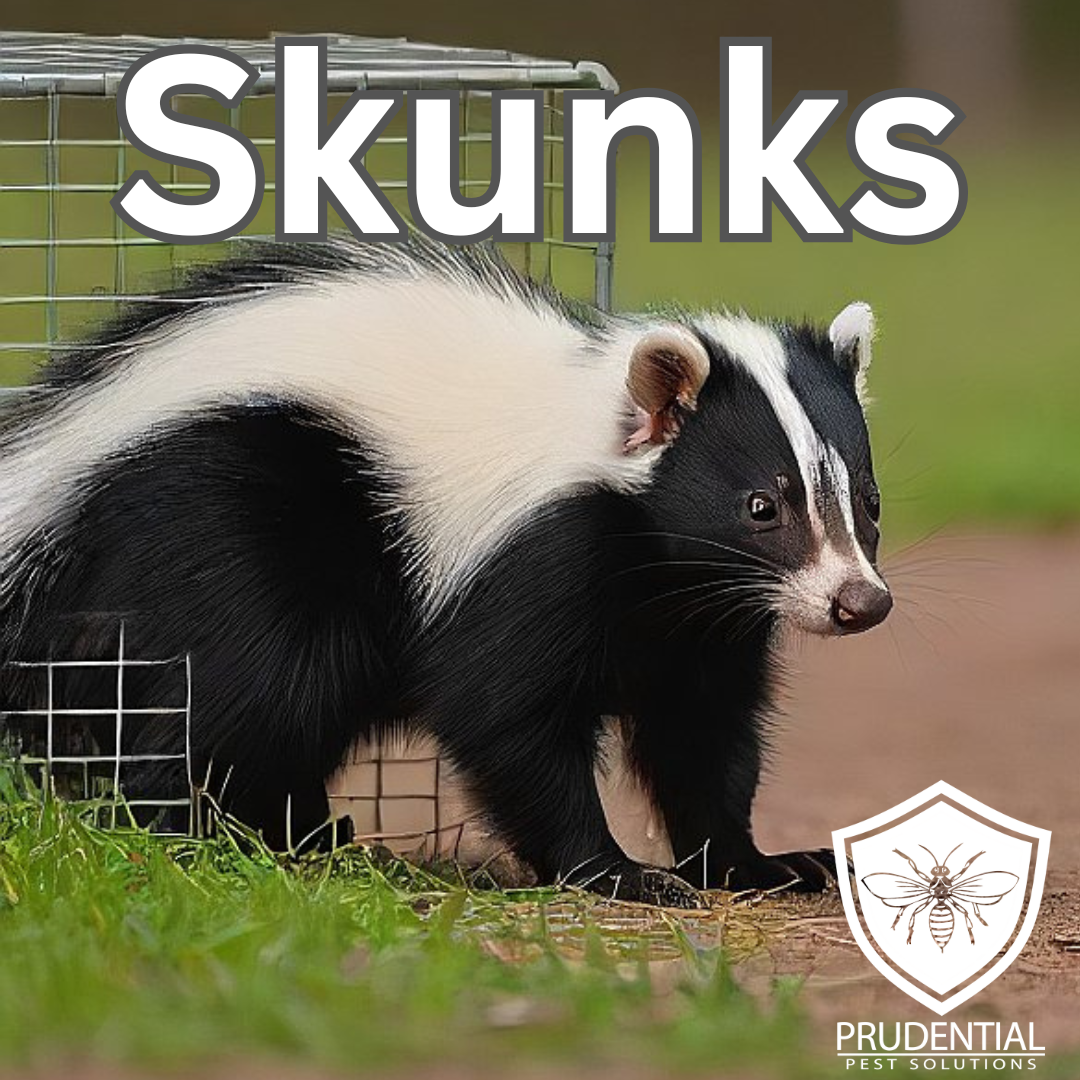
Skunk Removal Chester County
Skunk Removal Chester County We offer skunk removal services for Chester[…]
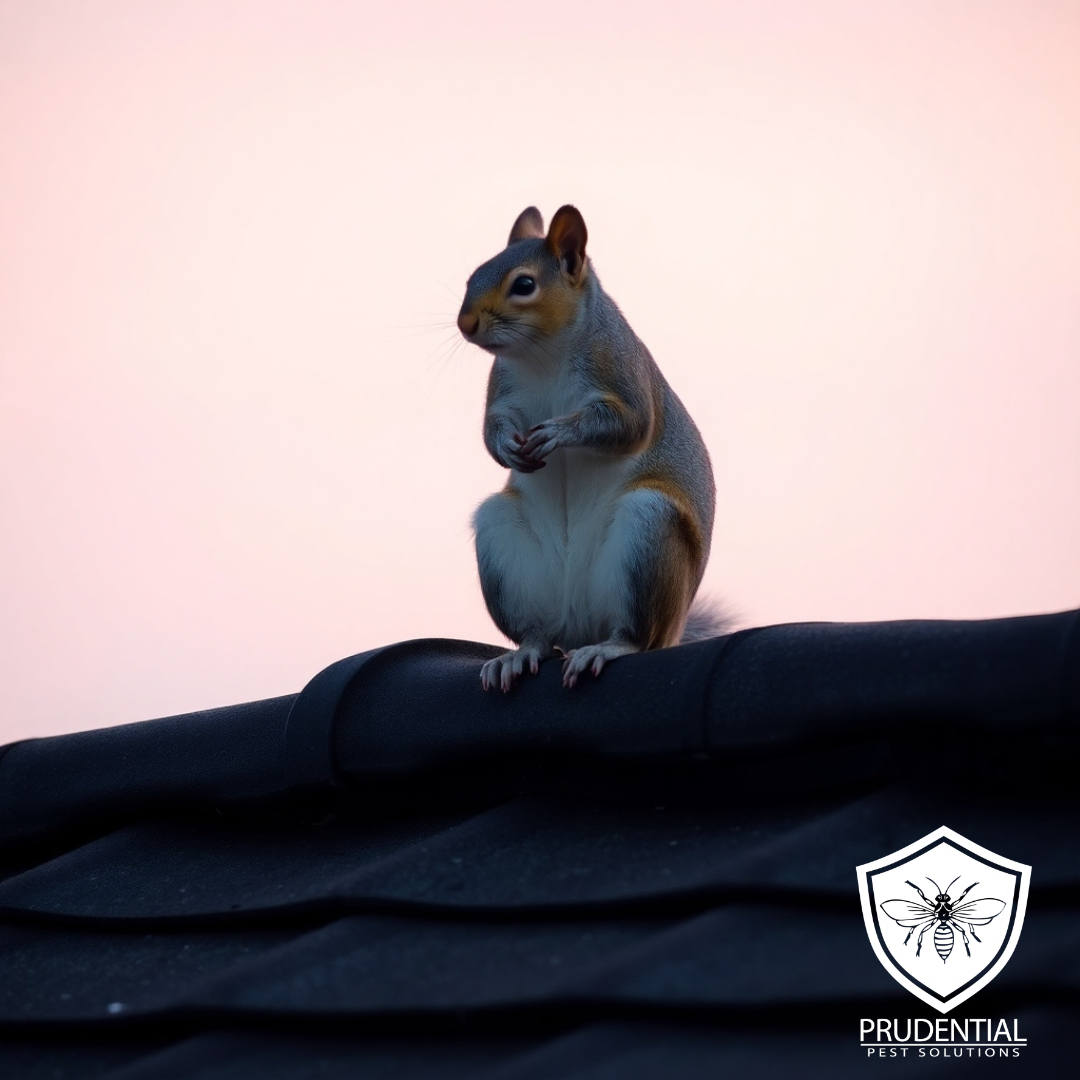
Squirrel Control Chester County
Squirrel Control We offer squirrel control in Chester County. Gray squirrels,[…]
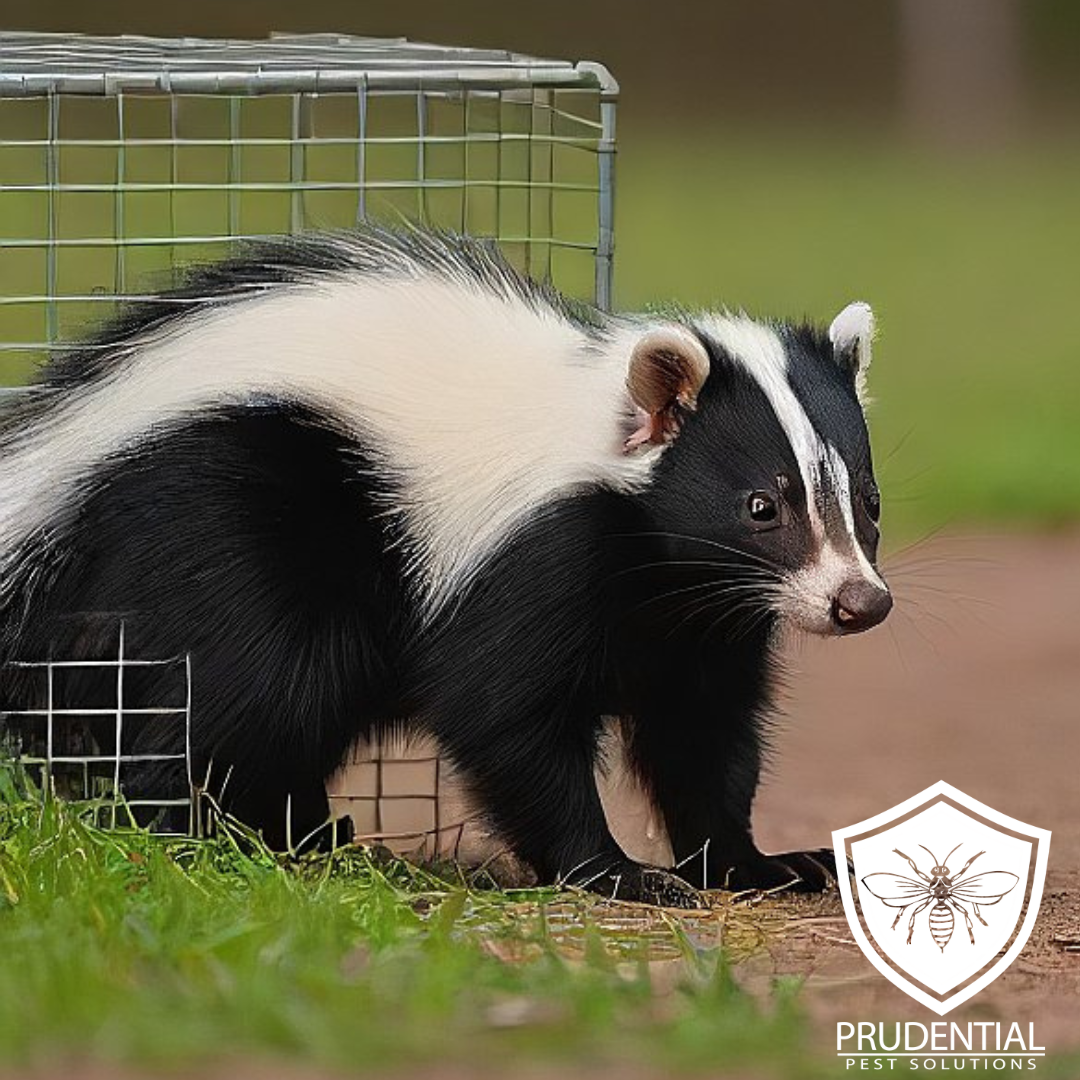
Skunk Control Chester County
Skunk Control Chester County Skunk Control in Chester County includes trapping,[…]
